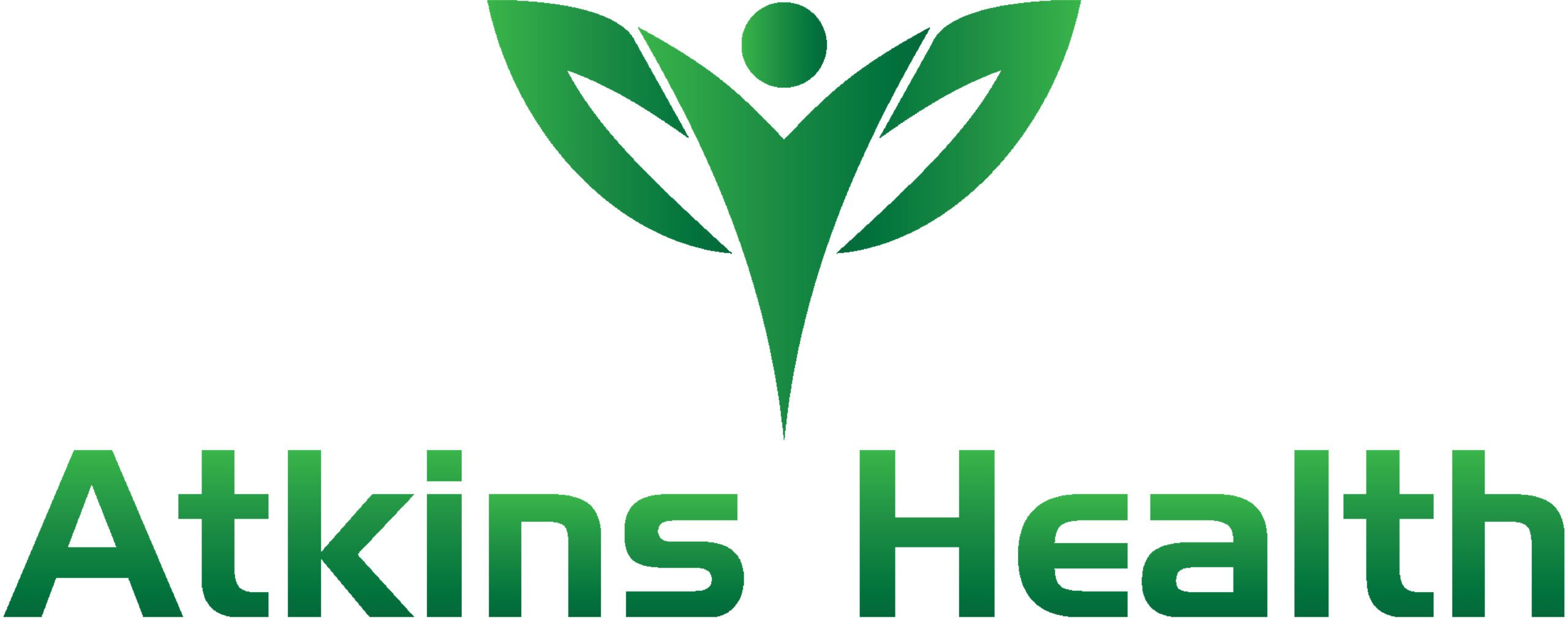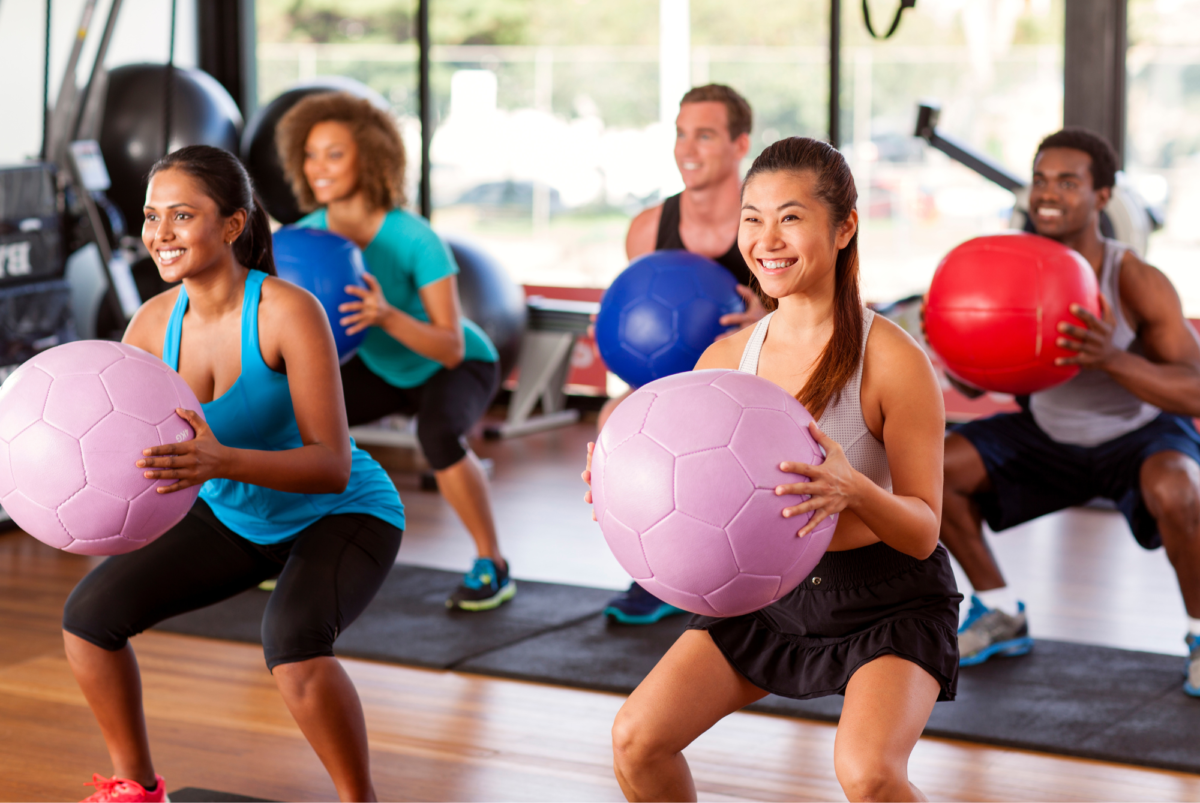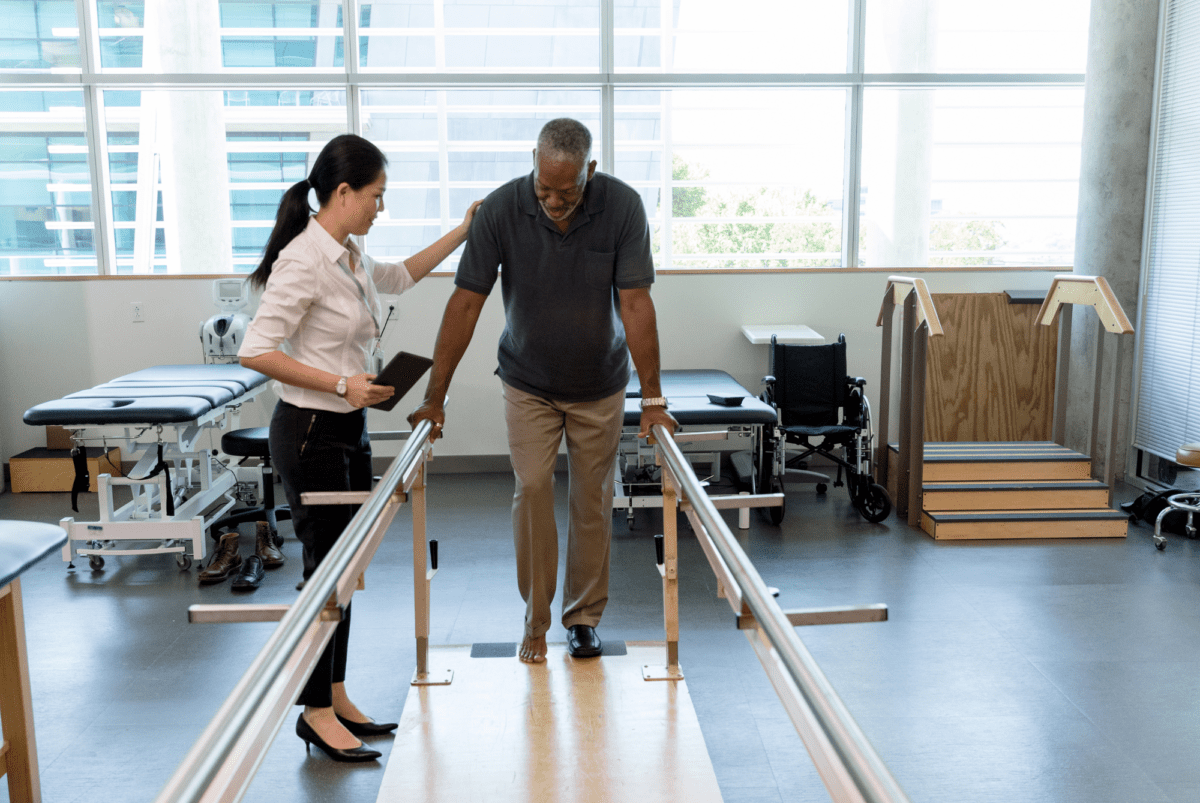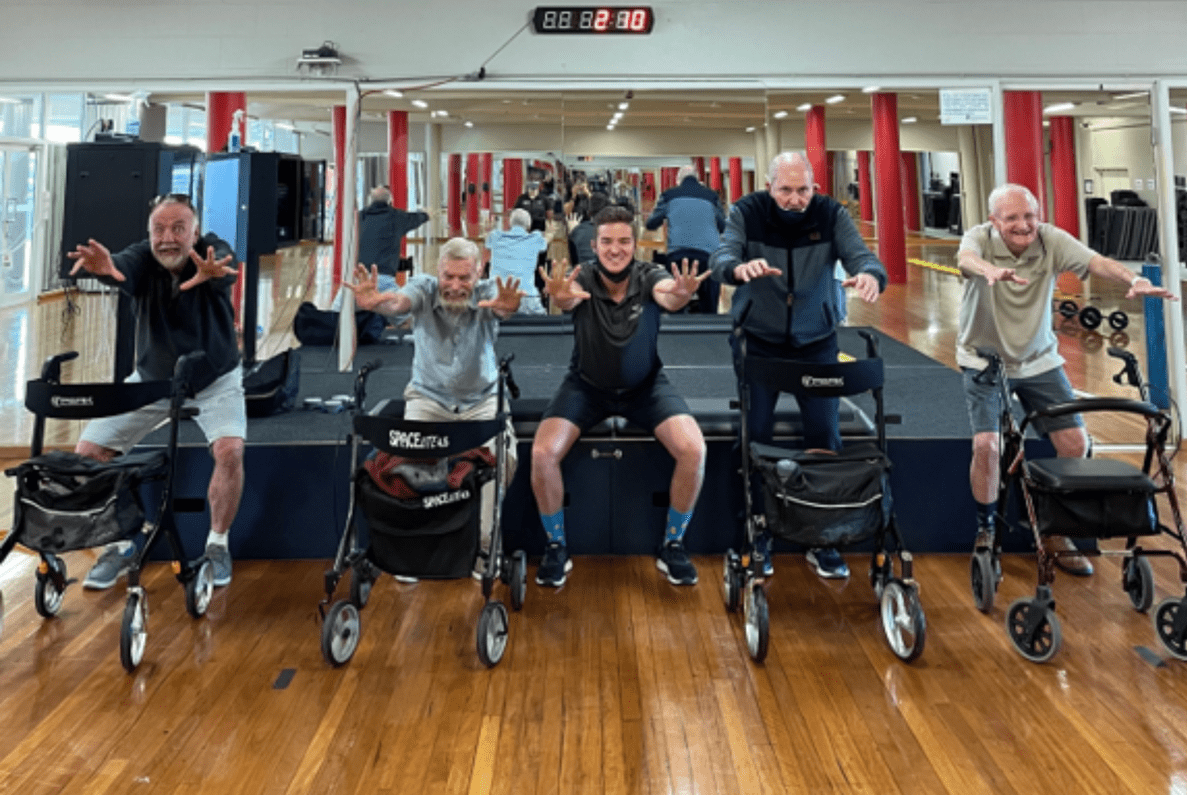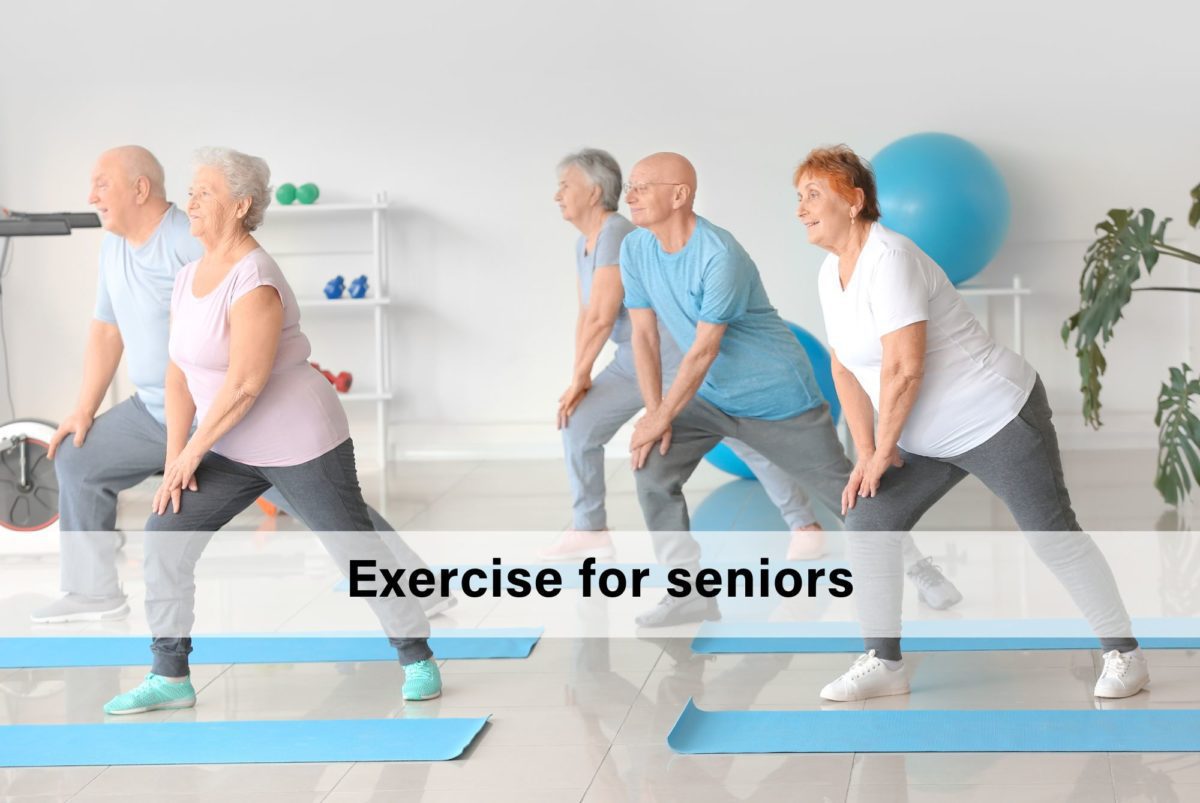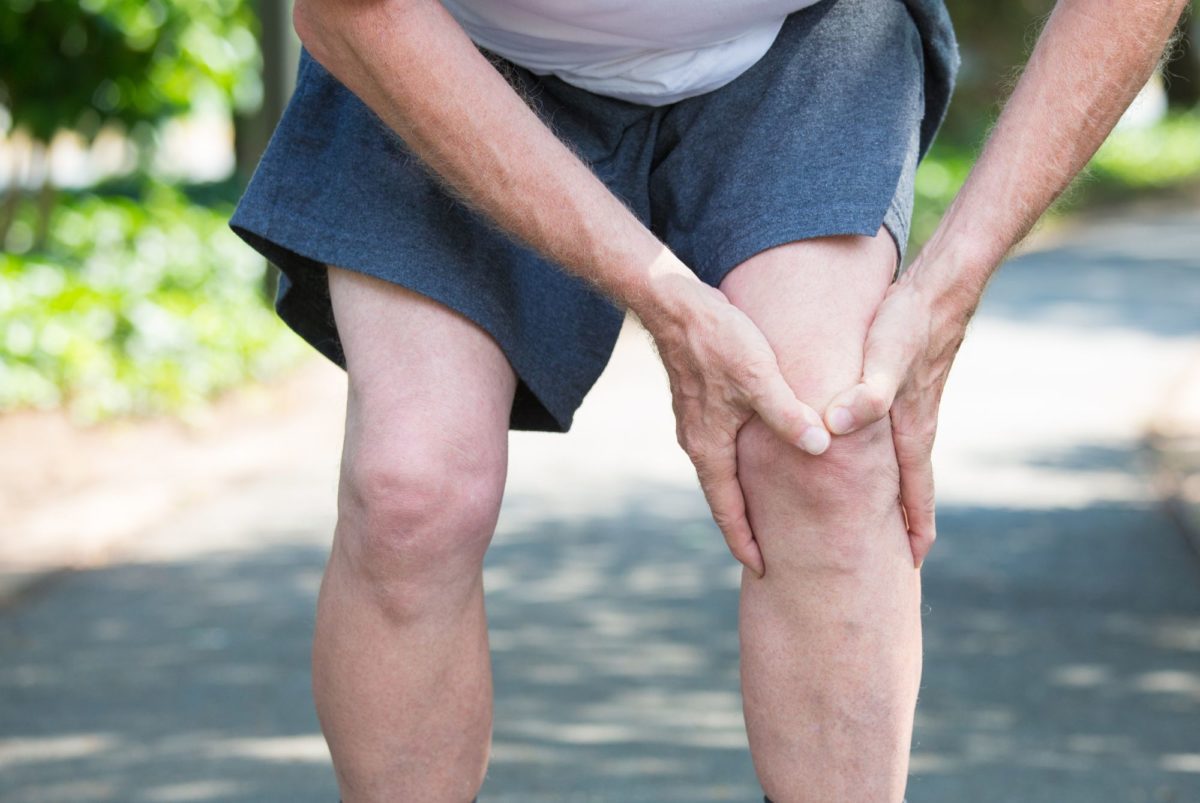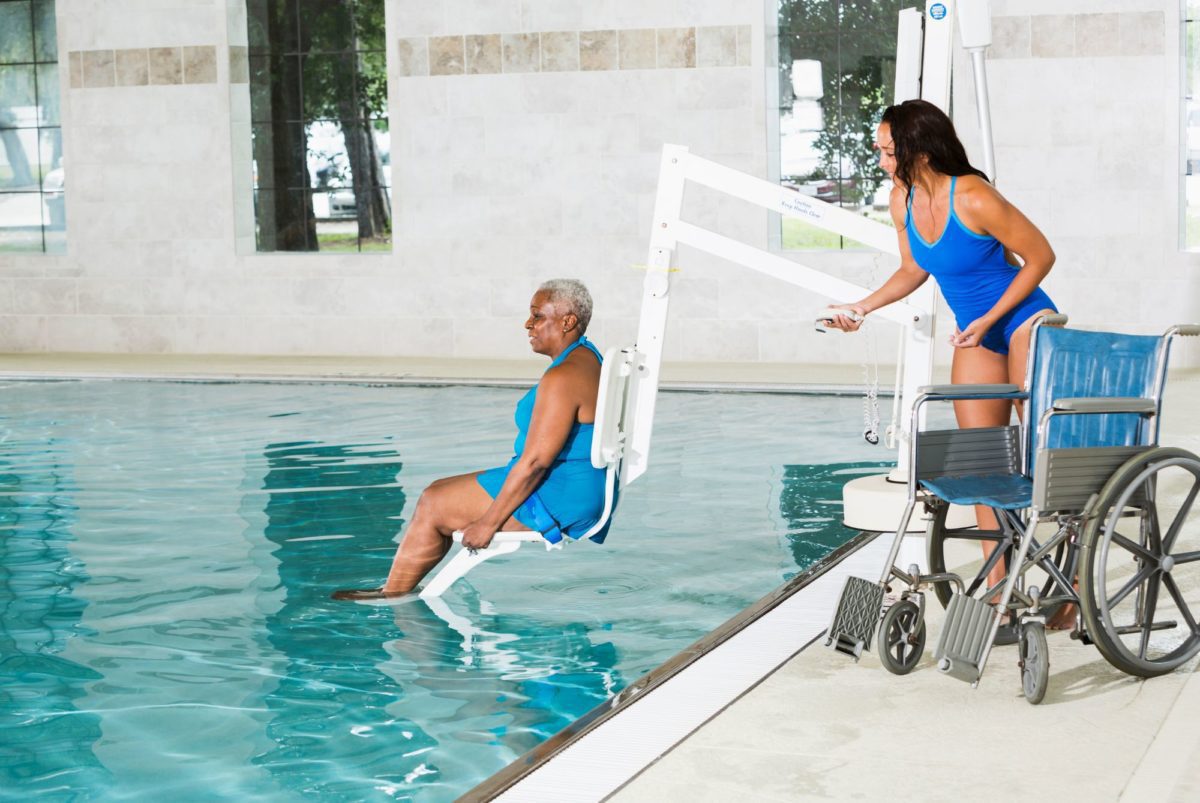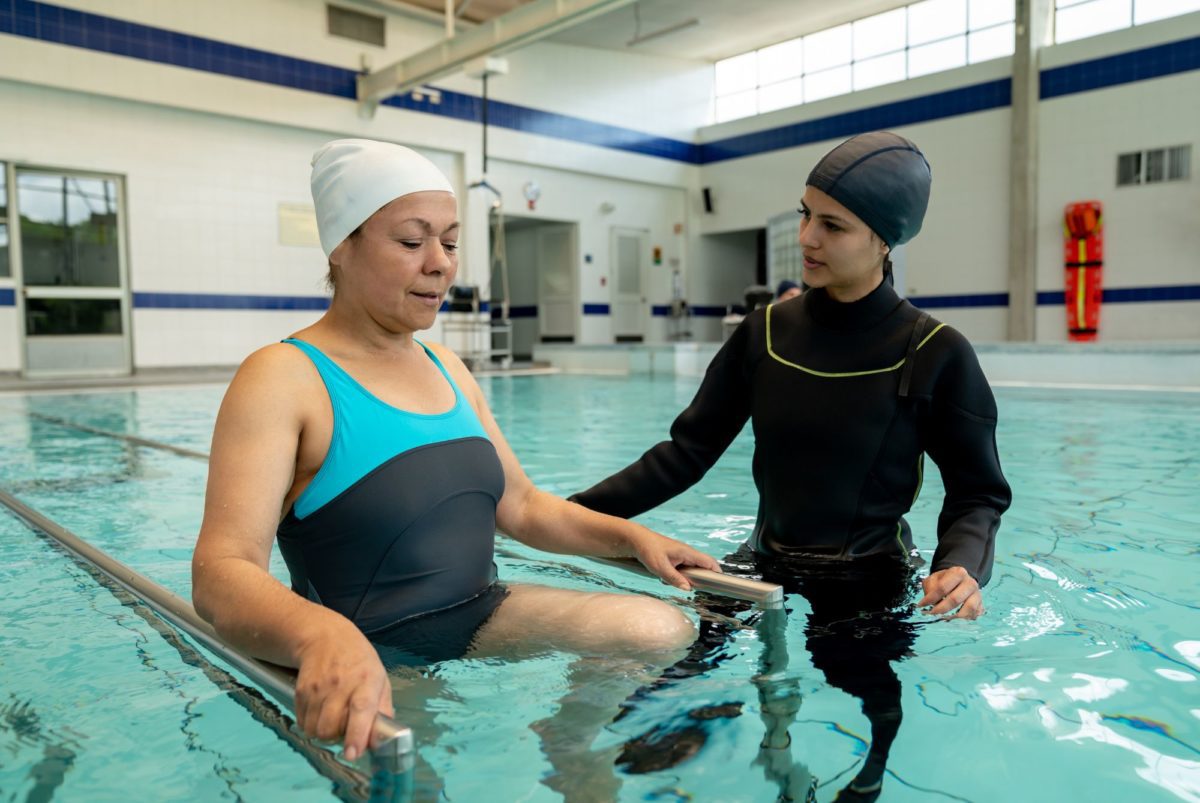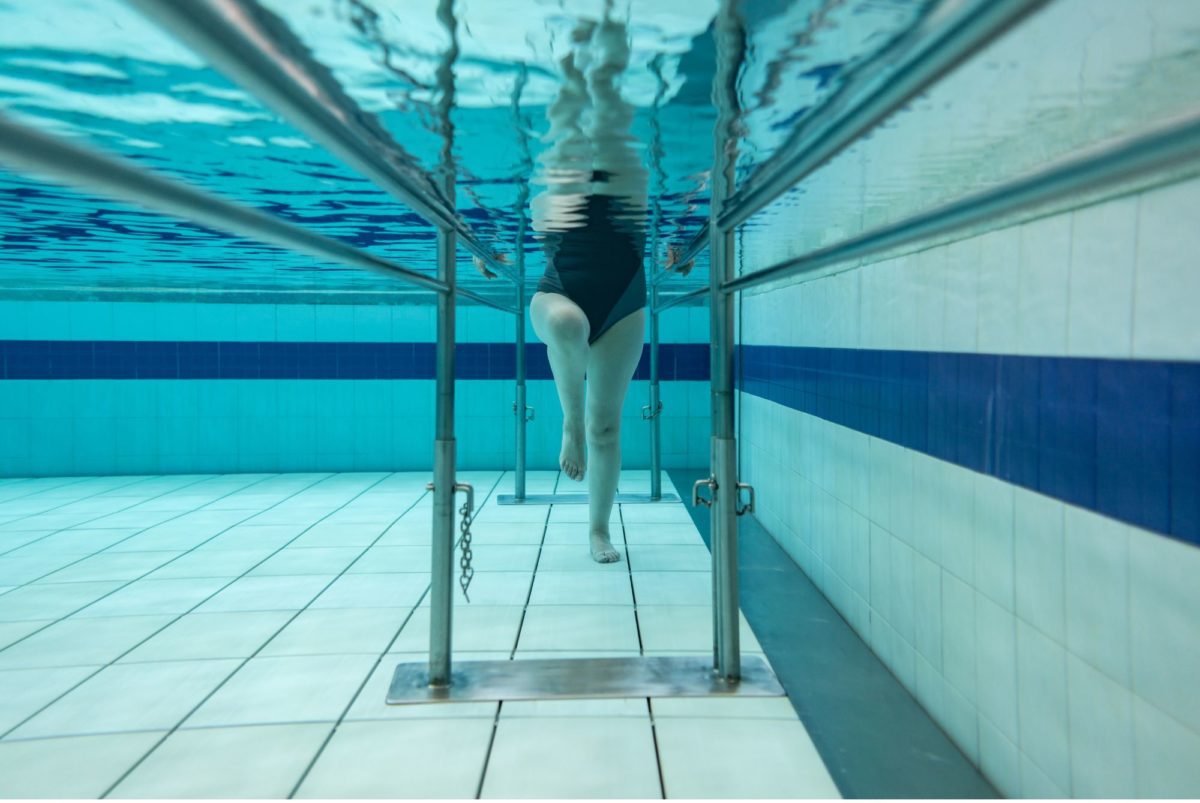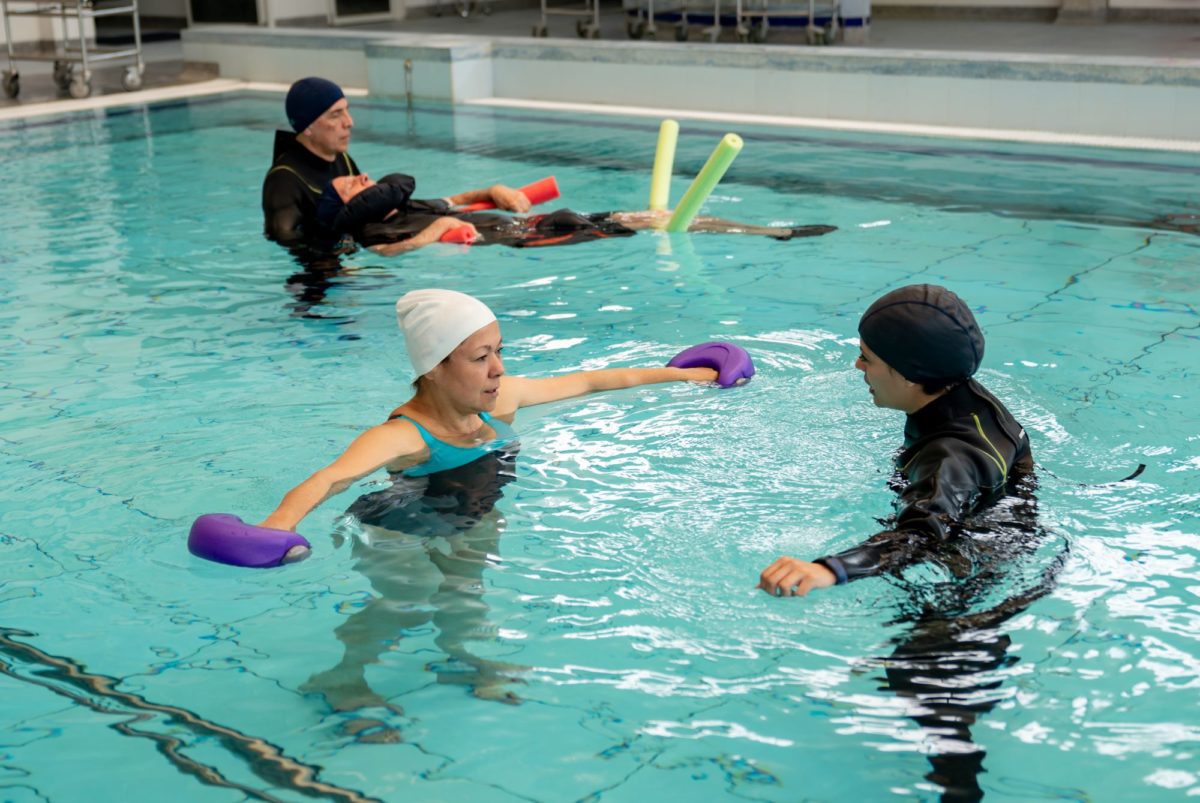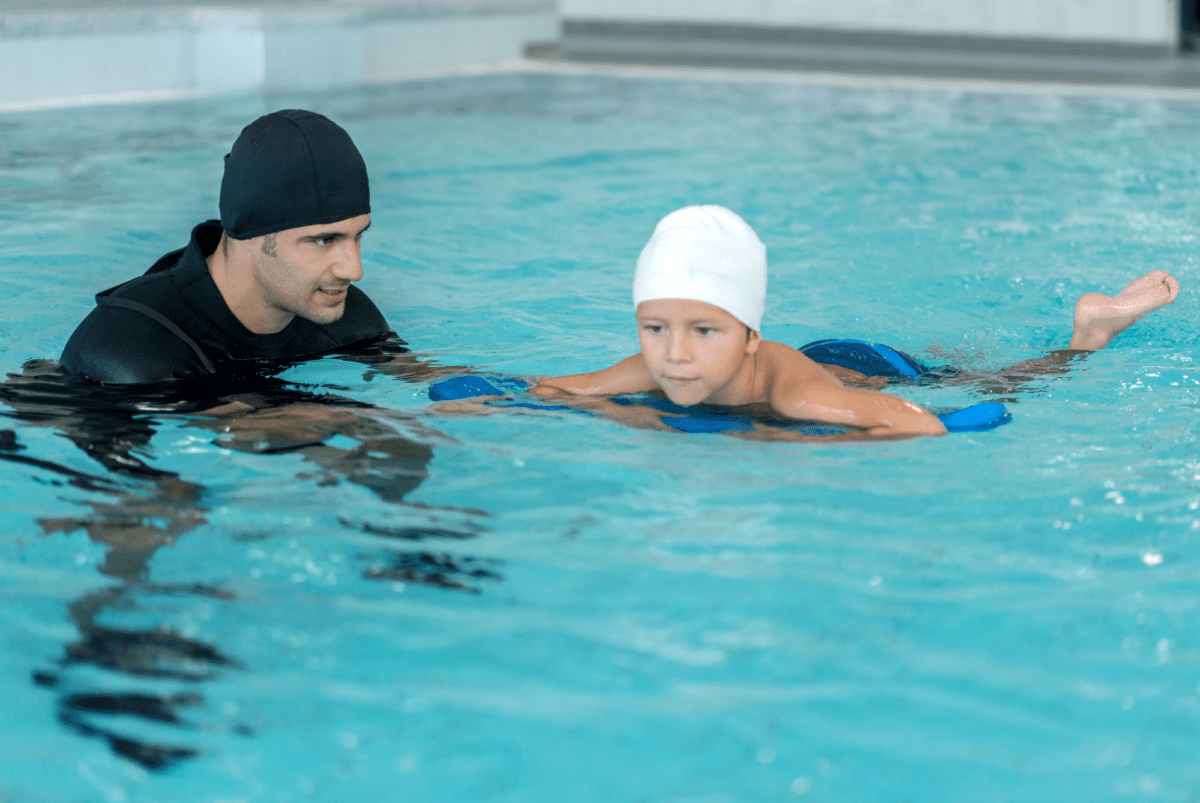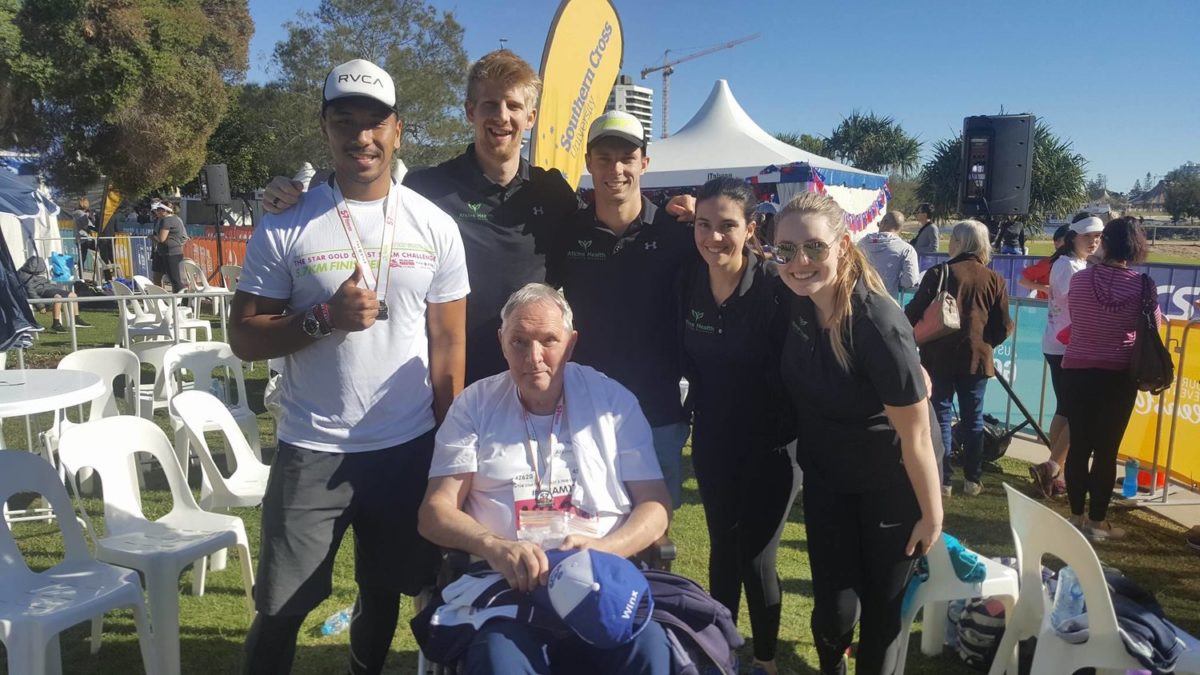Exercise plans are our bread and butter at Atkins Health. We know the ins and outs of movement like no one else. Over time we have built up an arsenal of techniques that help our clients achieve the best outcome possible. Every exercise and fitness plan we implement is different, but there are a few staples that we lean on to build out an effective program. Full body exercises are an efficient, comprehensive approach to training the body. They can be applied to a range of goals – from improving mobility, to maintaining strength, or remedying injury. The following provides a summary of full body exercises – including what they are, why they work, and how to incorporate them into your training.
What are full body exercises?
Full body exercises, also known as compound movements, target several muscle groups in the body at once. While most movements will engage more than one muscle at a time, the best full body exercises will engage various body parts at once. For example, a bicep curl will engage both the front and back of the upper arm, but little more. A squat, however, engages the legs, core and back, all at once.
Popular full-body resistance exercises include:
- Pushups
- Lunges
- Squats
- Dips
- Step-ups
- Deadlift
- Bench press
These movements will typically be more fatiguing than isolated exercises, which makes them highly beneficial for several reasons.
Full bodyweight exercises aren’t just used in strength training. At Atkins, we’re big believers in the benefits of full body mobility exercises. Mobility training is a helpful tool for preventing injury, rehabilitating injuries and increasing the efficiency of training. A mobility routine may often be used in place of full body warm-up exercises
Benefits of these exercises in training
Full-body exercises are a highly efficient way of training the body, however, they’re not appropriate for everyone. If they are not executed with the proper technique, they can result in injury. Furthermore, they can often exacerbate underlying muscle imbalances or weakness.
However, when performed correctly, full-body exercises have proven to be hugely beneficial.
This training technique is particularly popular among athletes due to how closely the exercises can replicate natural movements executed in sport.
Here are a few reasons why we love prescribing full-body exercises for our clients:
- Workout more efficiently, activating more muscles in a short space of time
- Helps improve coordination and balance
- Helps improve joint mobility and stability
- Simultaneously trains the cardiovascular system by increasing heart rate during movement
- Exercise the same muscle group for longer periods with lower levels of fatigue
- Can lift heavier weights and build strength quicker
Your exercise physiologist (EP) will be able to determine how you can benefit most from incorporating full-body exercises.
How to introduce exercises safely and effectively
Because these movements activate so many muscles at once, it’s important to ensure they are performed correctly. An EP can help identify appropriate exercises for your goals and demonstrate how to perform them safely and effectively.
It’s also important to avoid overusing full body exercises in your program. Although they’re a great way to improve strength and cardiovascular fitness, over reliance on such taxing movements can be damaging to the body. Your EP can also help devise an appropriate way to incorporate full body exercises as part of a broader exercise plan.
At Atkins Health, we love to incorporate a blend of full body movements into our classes. Devised by our leading team of experts, our group classes blend individual programming that is specific to your goals, with the joy and energy of a social environmen
If you’re ready to take the plunge into full-body exercising, we can’t wait to take you on the journey. Our team of talented EP’s can kickstart your exercise program, no matter what level of ability, fitness or confidence you are at. Get in touch today to find out more.

